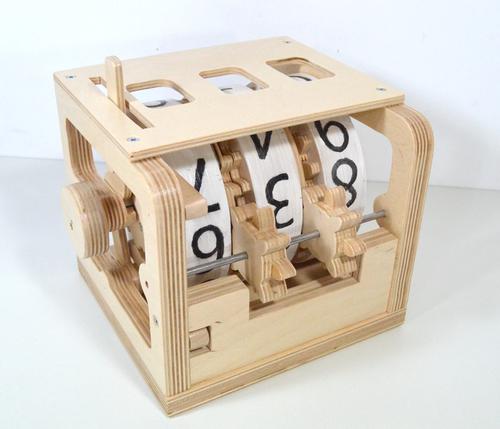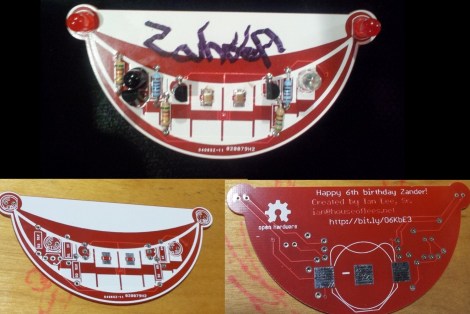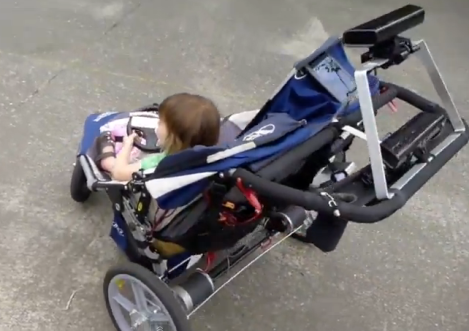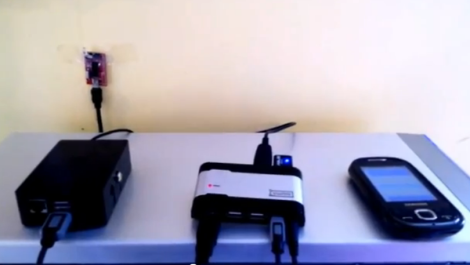Watching [Matthias Wandel] fabricate this mechanical counter from scrap wood is just fascinating. He likens the mechanism to the counters you would find on decades-old cassette tape players.
You may recognize the quality of [Matthias’] work. We’ve seen several pieces, but his binary adder is still one of our favorites. This project gives us a very clear view of the development and fabrication process. He even posted a detailed guide if you want to build your own.
He started by prototyping a mechanism to increment and decrement the counter. With that proven design he started laying out the rest of the gears. These were cut from plywood scraps he had from other projects. Notice the small gears seen above which are missing parts of some teeth. Those sections were removed using a drill press with a Forstner bit. The missing teeth cause the next digit over to increment more slowly, resulting in a 1/10 ratio. This part of the design is demonstrated about three minutes into the video after the break.
Continue reading “Building A Mechanical Counter Out Of Scrap Wood”

















